Collections
The Yampa River Botanic Park is home to a huge collection of exquisite gardens, plants, trees and sculptures.
Gardens
The Botanic Park is home to 66 individual gardens.
Preview
Members Rock Garden

Penstemon Garden

Fairy Garden

Children’s Garden

Dorothy’s Garden

The Arbor Garden

Windigo Garden
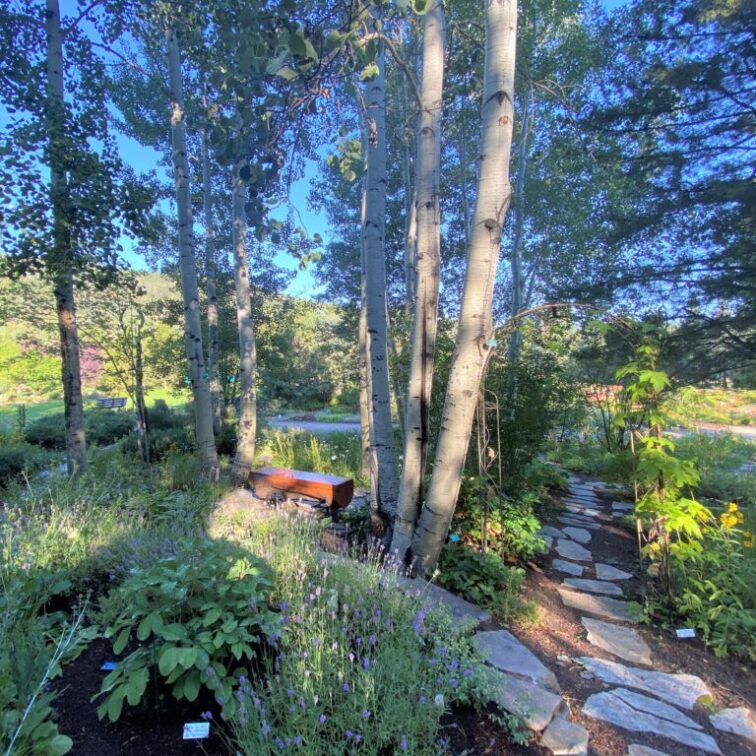
Jeff’s Garden
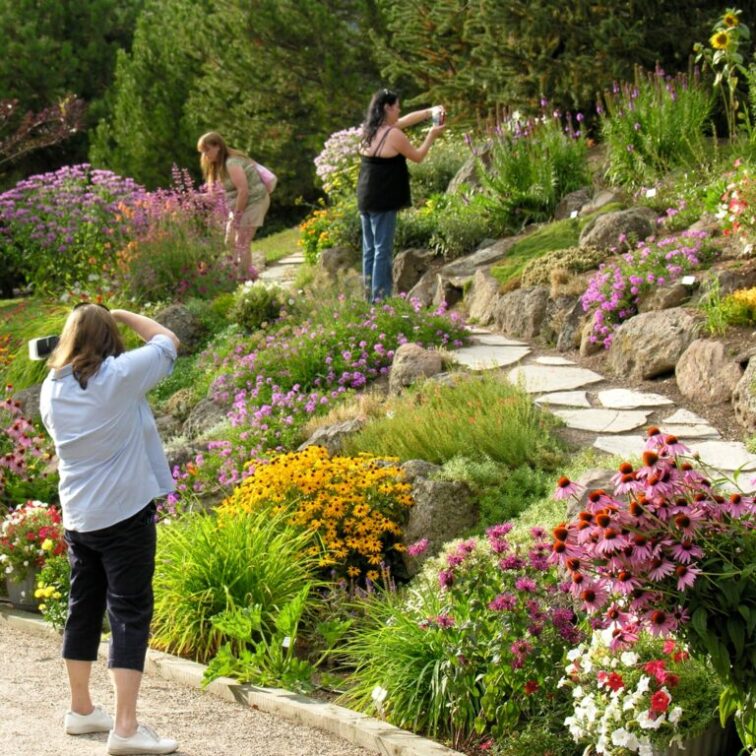
Sascha’s Rock Garden
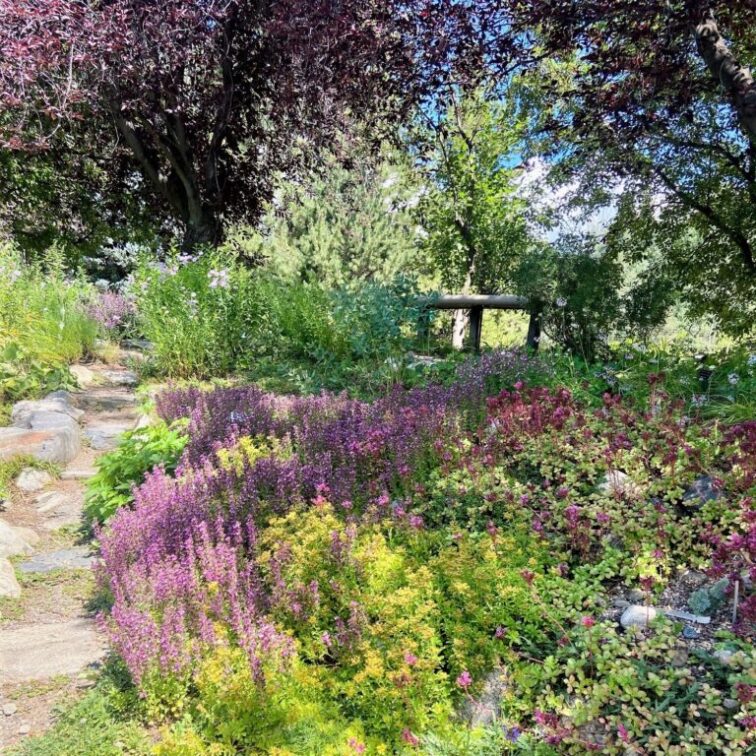
Crevice Garden
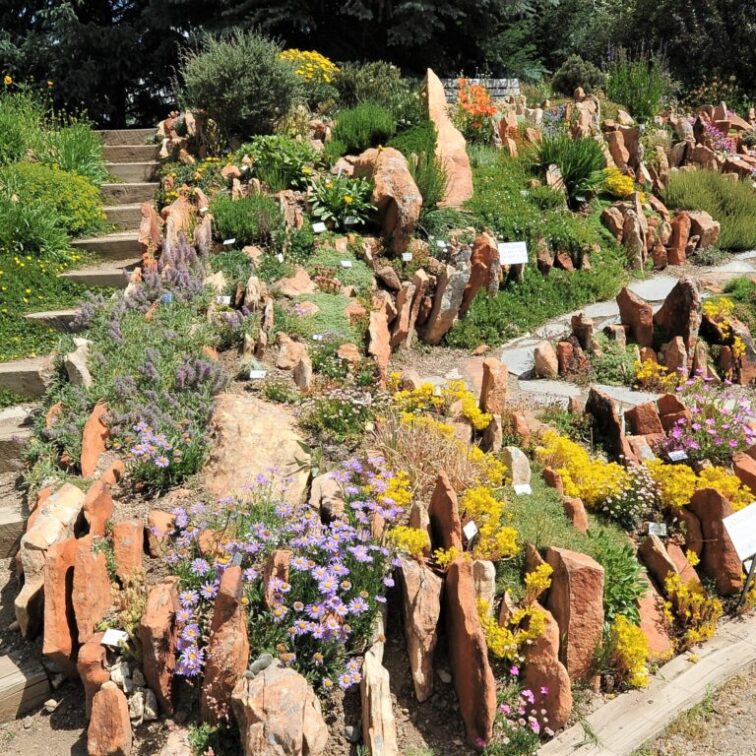
Maddy’s Garden of Light
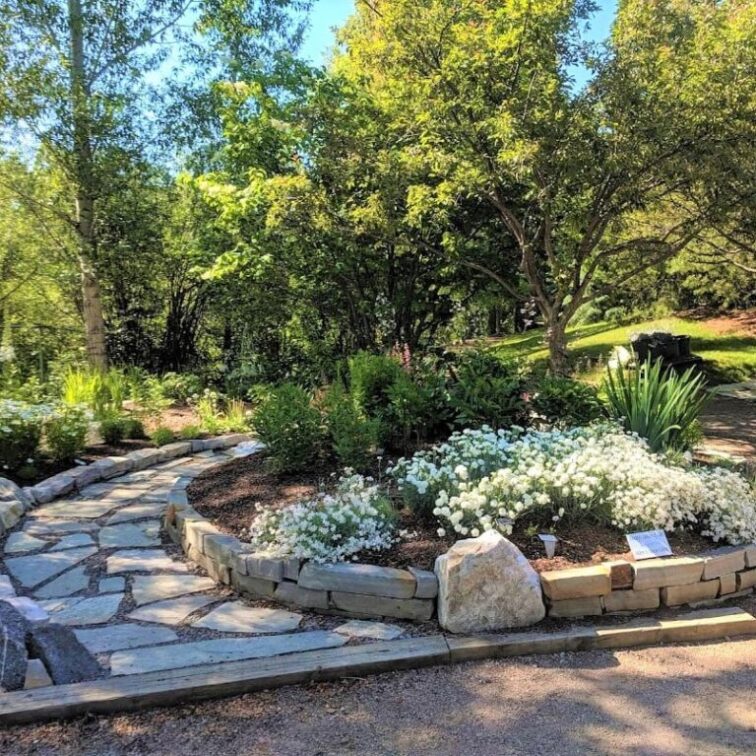
Hummingbird & Butterfly Gardens
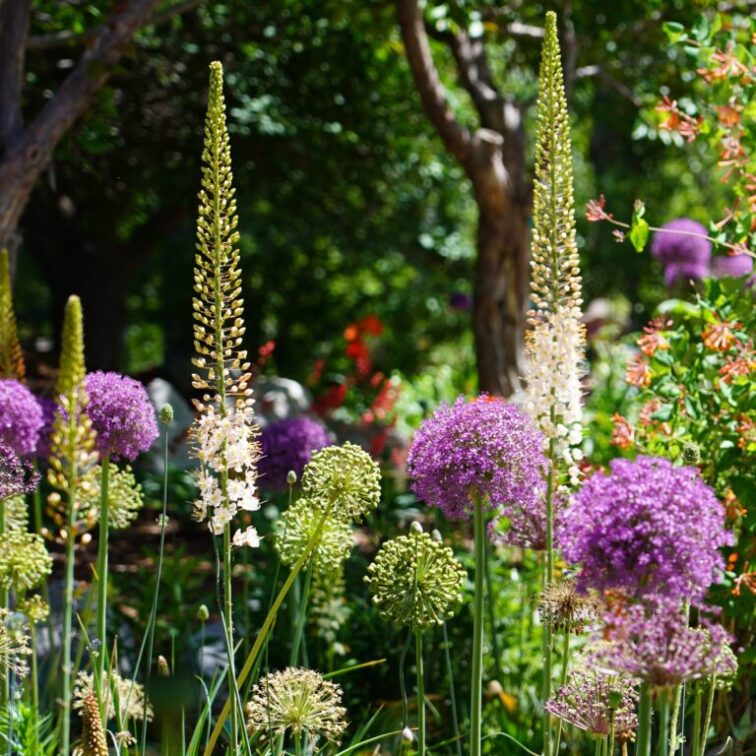
High Country Natives
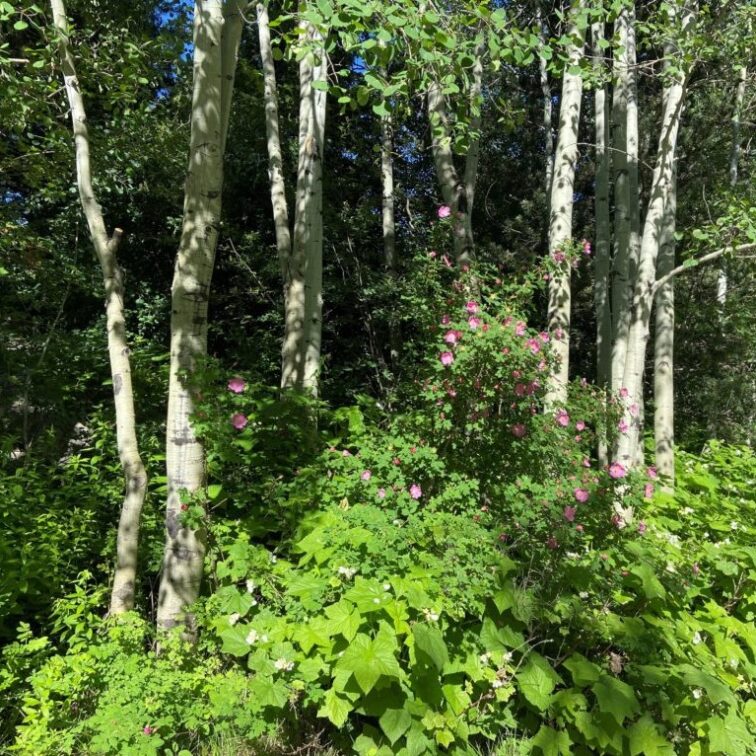
Pioneer Garden
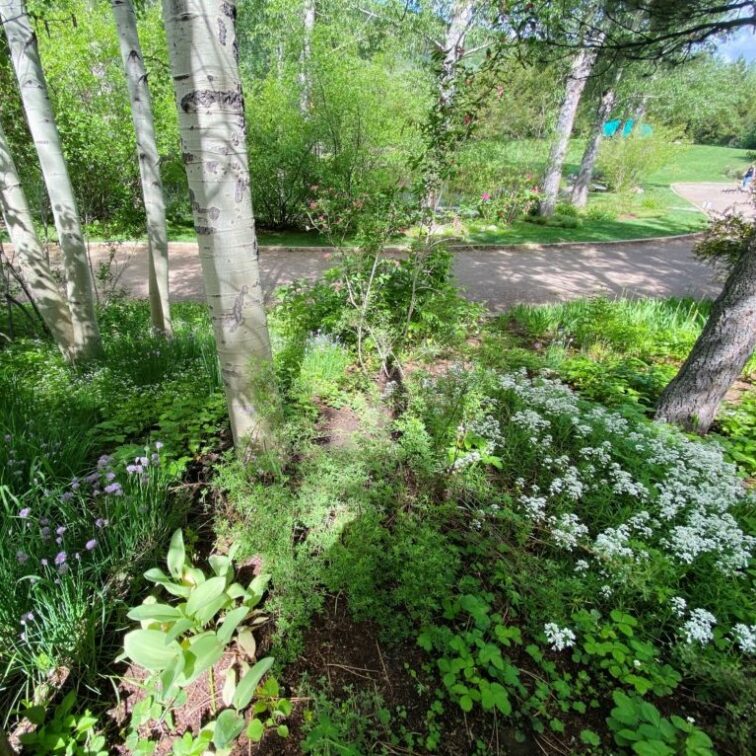
Medicinal Garden

Plants
The Park gets an average of only 60 days a year without a killing frost, non-predictable days. These low temperatures, together with very dry summers and high levels of ultra-violet make this a challenging environment for plants. Only a few non-native trees survive these conditions, but many cultivated varieties of lower-altitude plants thrive here. Most plants in the Park are labeled with common and scientific names.
Native Plants
Steamboat has the Park Range to the north and the Flat Tops to the south. Both have a wide array of natives we have only begun to cultivate. Plants native to Northwest Colorado are identified on their plant signs. Of those, a few plants originating only in Northwest Colorado (endemics) are to be found. Here is a selection of some of the Park’s most notable native species.
Preview
Cut-Leaved Anemone
Anemone multifida v. multifida
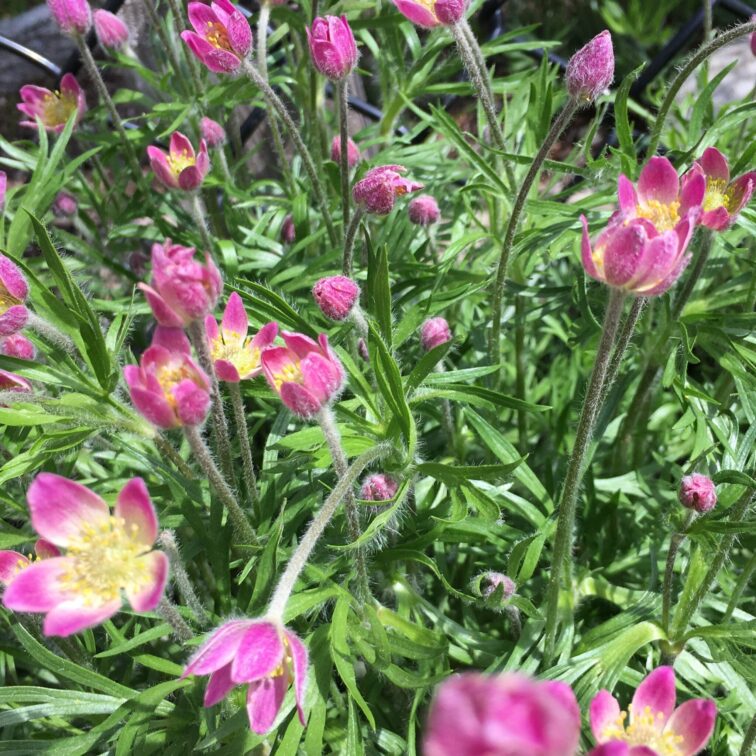
Pasque Flower
Anemone patens v. multifda

Sugarbowls
Clematis hirsutissima

Seep Monkeyflower
Erythranthe guttatus

Mountain Ball Cactus
Pediocactus simpsonii v. minor

Rock Spirea
Petrophyton caespitosum
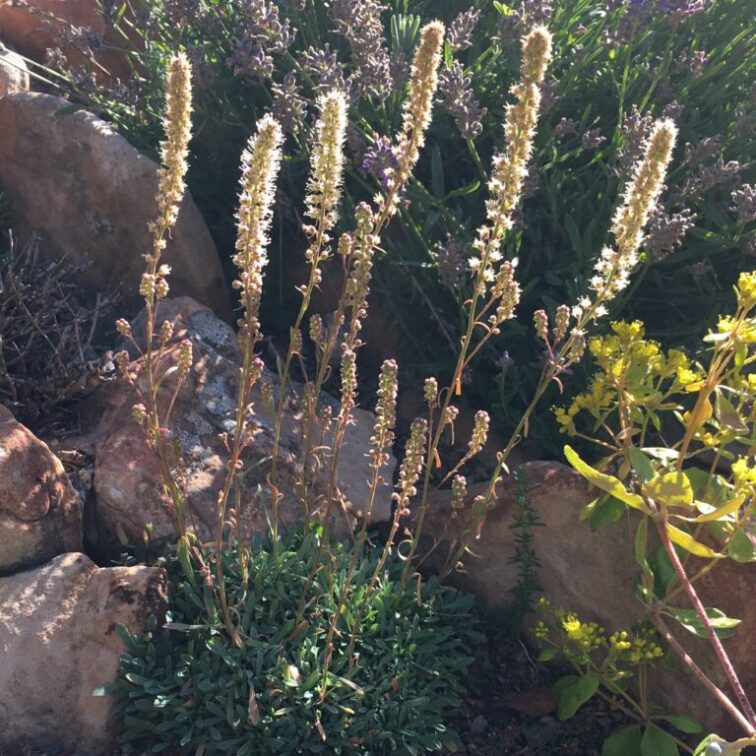
Plant Select ® Plants
Plant Select® is a nonprofit collaboration of Colorado State University, Denver Botanic Gardens and professional horticulturists. Plant Select plants exhibit these eight attributes:
- Flourish with less water
- Thrive in a broad range of conditions
- Habitat-friendly
- Tough and resilient in challenging climates
- One of a kind/unique
- Resist disease & insects
- Long-lasting beauty
- Non-invasive
Typically, these plants provide more beauty with less work so gardeners of all levels can achieve smart, stunning and successful gardens using fewer resources and with a more positive environmental impact.
Preview
Mock Bearberry Manzanita
Arctostaphylos x coloradoensis
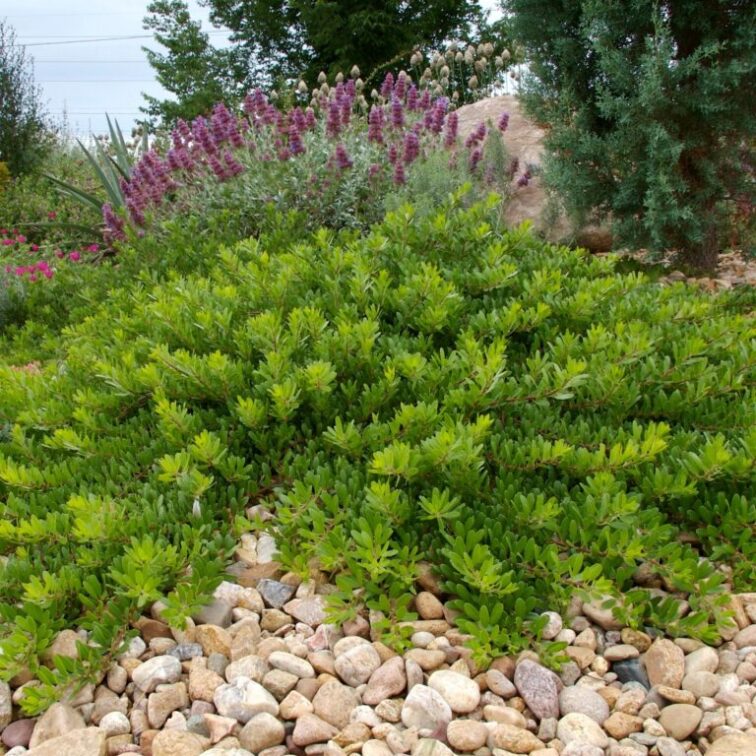
COLORADO GOLD® Gazania
Gazania linearis
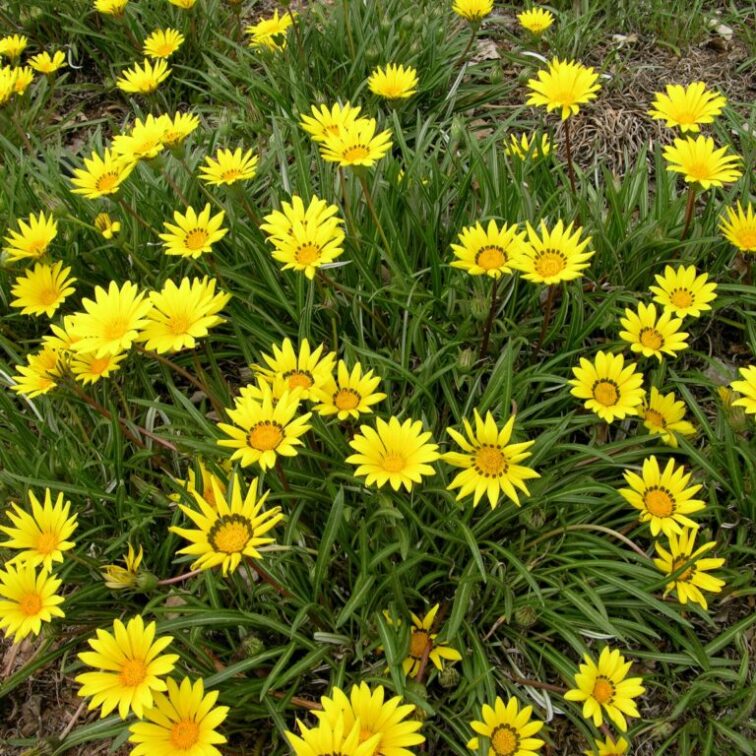
Avalanche White Sun Daisy
Osteospermum ‘Avalanche’

SILVERTON® Bluemat Penstemon
Penstemon lin. var. coloradoensis

Partridge Feather
Tanacetum densum ssp. amani

ORANGE CARPET® Hummingbird Trumpet
Zauschneria garrettii

Plants from South America
Many plants from the Andes mountains and south American Steppe do well in the Yampa Valley. The climate is similar to Patagonia, but the adaptations are very different. In a friendly partnership with the Denver Botanic Garden, the Park receives plants from them to trial here in our gardens.
Preview
Peruvian Lily
Alstromeria aurea
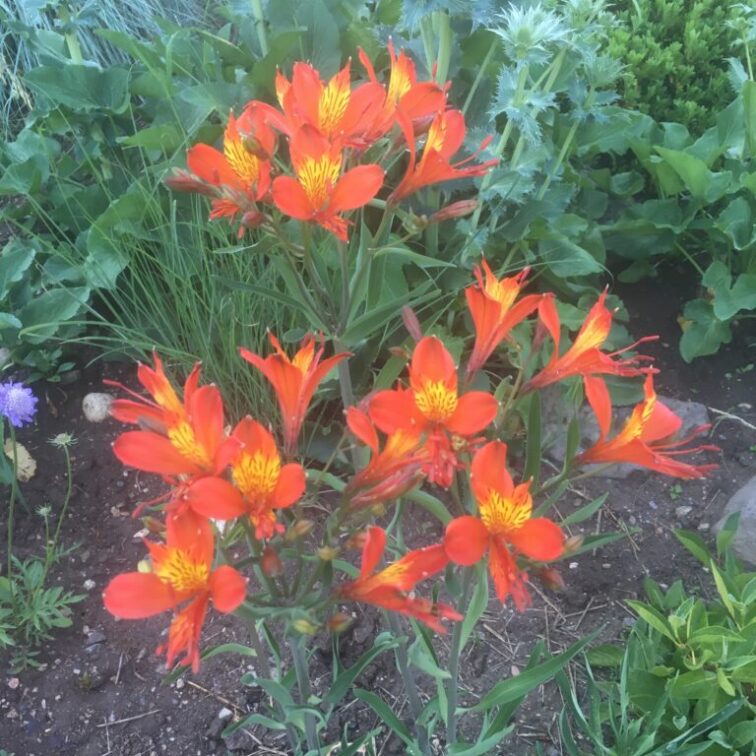
Slipper Flower
Calceolaria corymbosa

Patagonian Verbena
Junellia micrantha
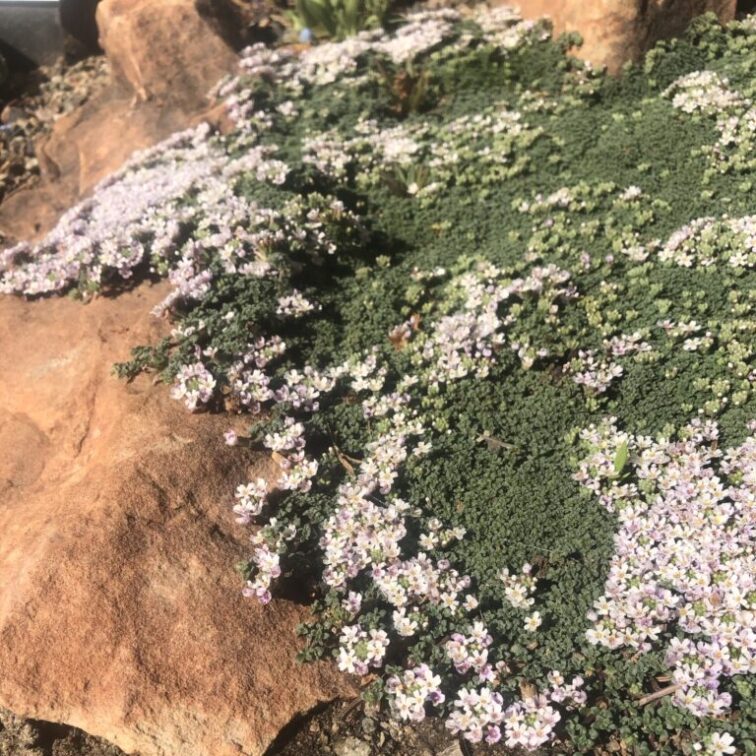
Yellow Monkeyflower
Erythanthe luteus

“Hiebra Negro” in its native Chile
Mulinum spinosum
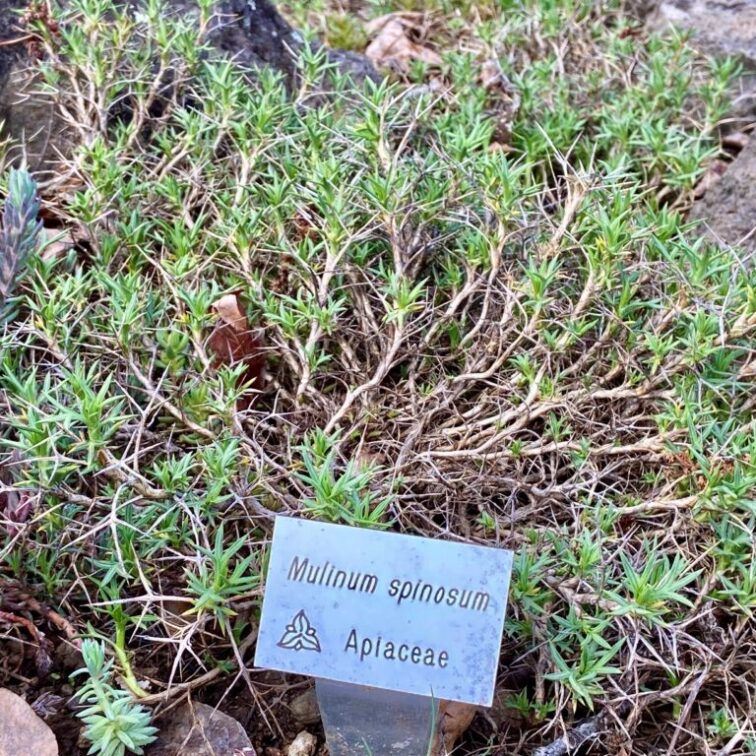
Silver Shamrock
Oxalis adenopylla

Unusual Ornamentals
Preview
Tumbleweed Onion
Allium schubertii

Bellflower
Campanula sp.
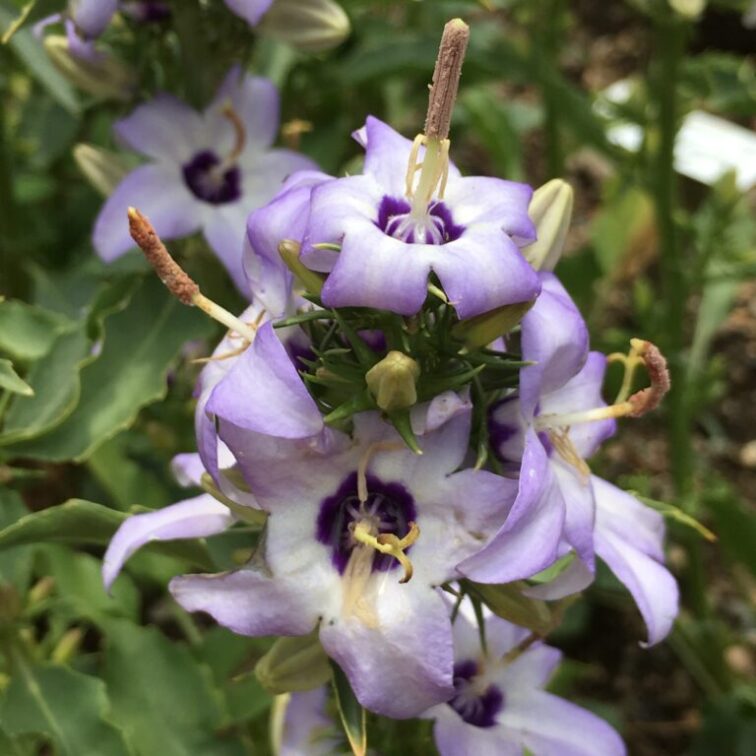
Miss Willmott’s Ghost
Eryngium giganteum

Molly the Witch Peony
Paeonia mlokosewitschii
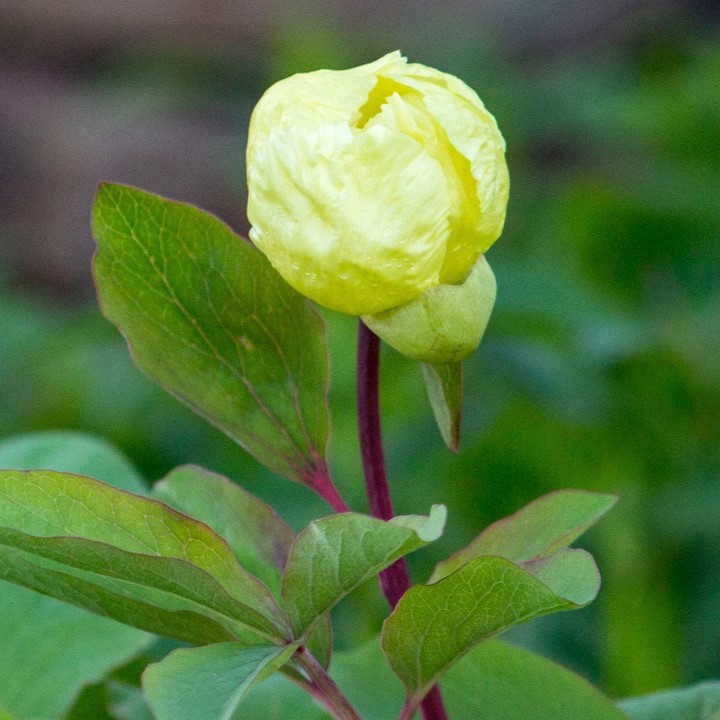
Chinese Pagoda Primrose
Primula vialii

Windflower
Anemone x hybrida ‘September Charm’
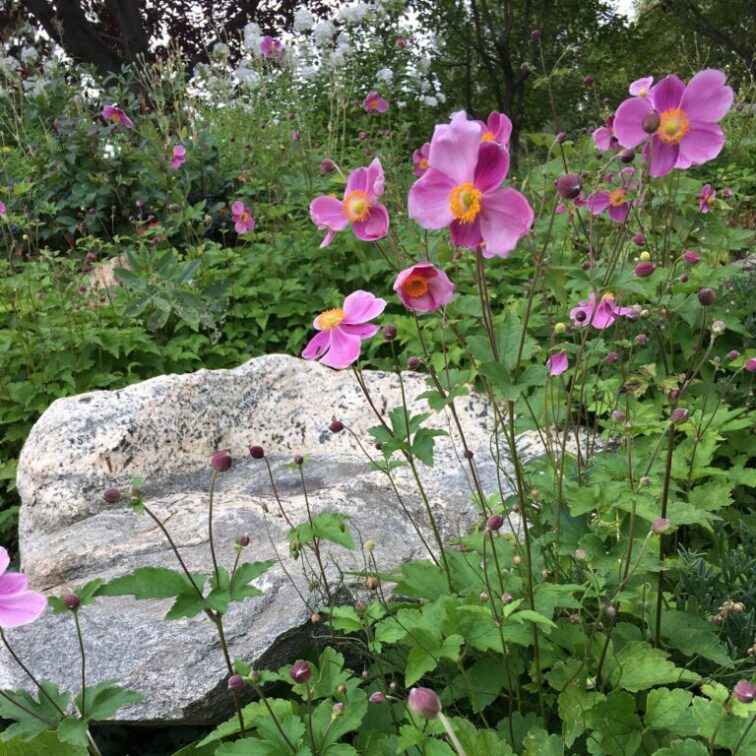
Plants of Historical Significance to Steamboat Springs
Preview
The Harison Rose
Rosa ‘Harison’s Yellow’

Yampa
Perideridia gairdneri
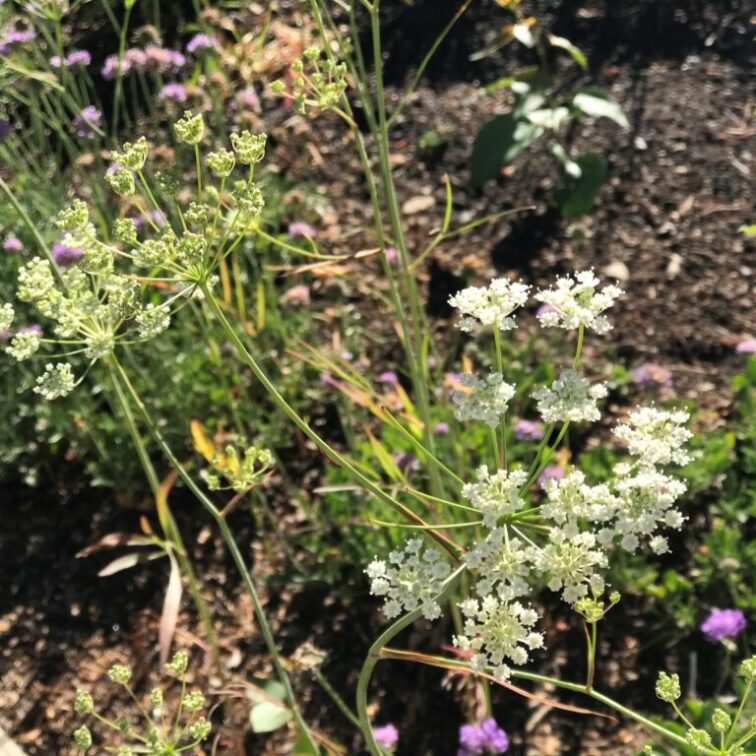
Trees
The Botanic Park is home to almost 200 evergreen coniferous trees (cone-bearing) of 16 different species and 300 deciduous trees (lose their leaves in winter) of 20 different species.
The Park is in an environment that is challenging for trees because:
- Temperatures occasionally get down to minus 40° F.
- Heavy snows bury young trees and bend older ones.
- Steamboat gets 27 inches of precipitation in an average year but much of this is lost to evaporation because of low humidity at high altitude.
- There is less protective atmosphere than at sea level and therefore much more ultra-violet light.
Native trees that have adapted to this harsh environment are the predominant trees in the Park.
Evergreens
Preview
Engleman Spruce
Picea engelmannii
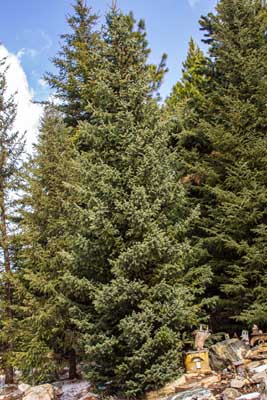
Colorado Blue Spruce
Picea pungens

Lodgepole Pine
Pinus contorta

Ponderosa Pine
Pinus ponderosa

Douglas Fir
Pseudotsuga menziesii

Subalpine Fir
Abies lasiocarpa

Deciduous trees and shrubs
Preview
Quaking Aspen
Populus tremuloides
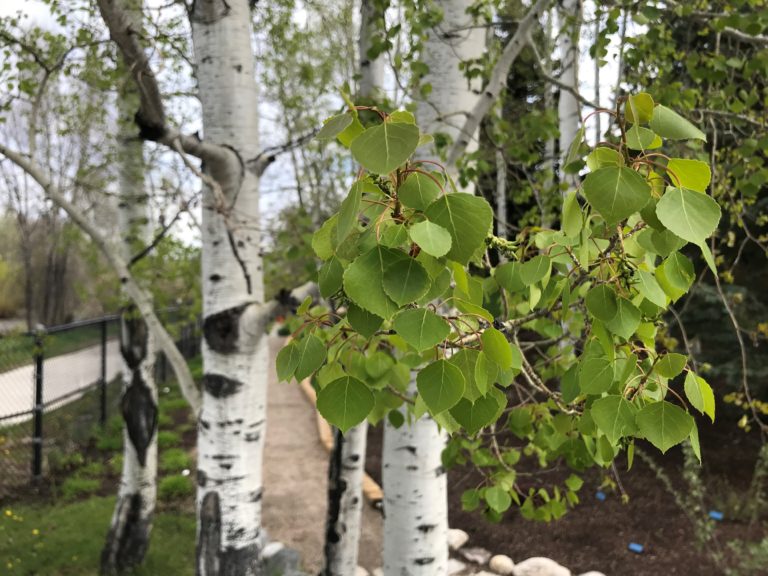
Narrowleaf Cottonwood
Populus angustifolia
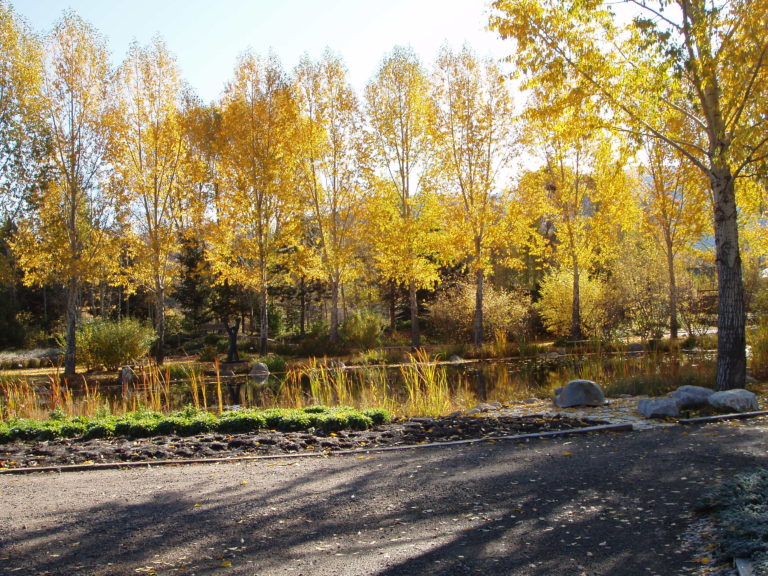
Water Birch
Betula occidentalis

Thinleaf Alder
Alnus tenuifolia

Chokecherry
Prunus virginiana
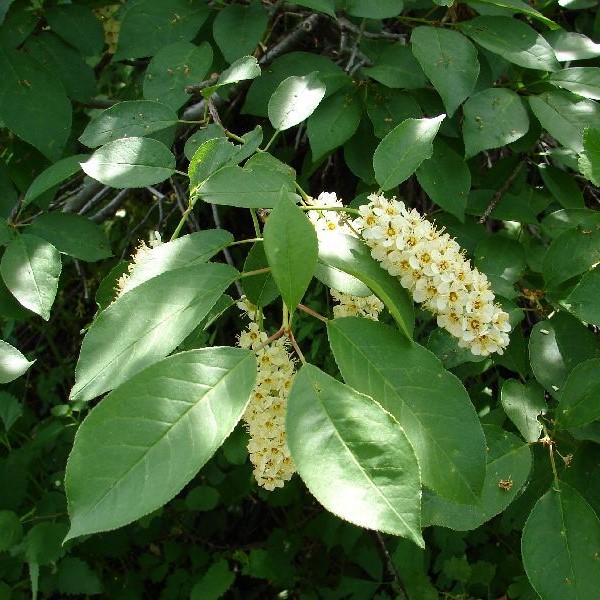
Crabapple
Malus spp.

Sculptures
Nineteen pieces of sculpture are placed in the gardens throughout the Park. All the pieces were donated to the Association. Some were donated in memory of loved ones.
Preview
The Joy of Life

The Turtle
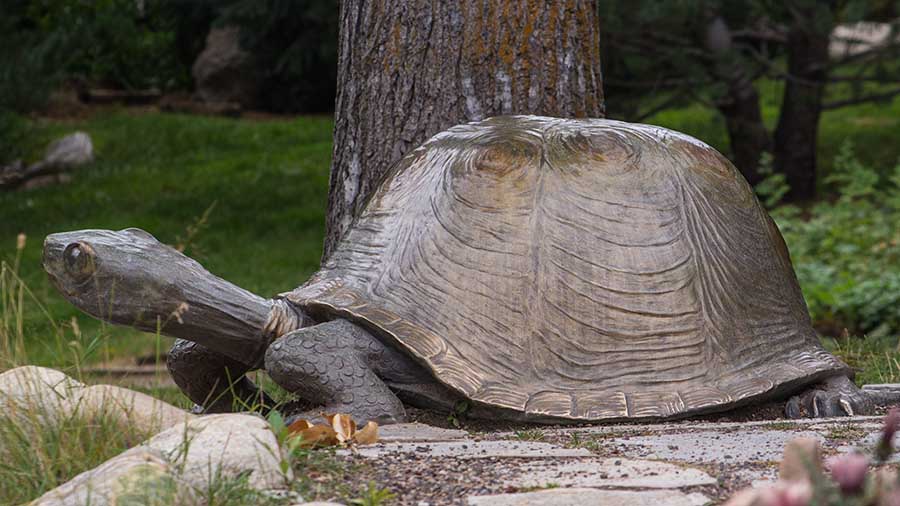
The Swan

Wings
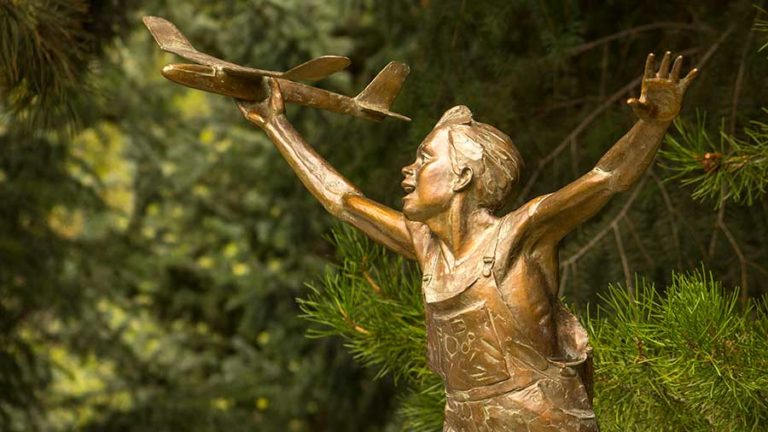
Totem
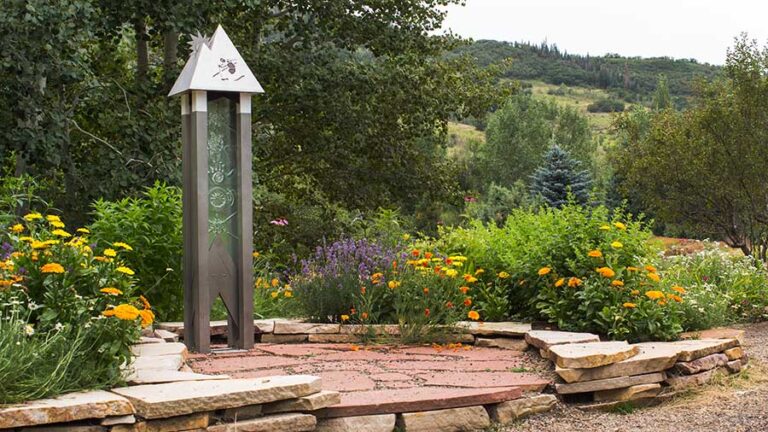
Nammu
